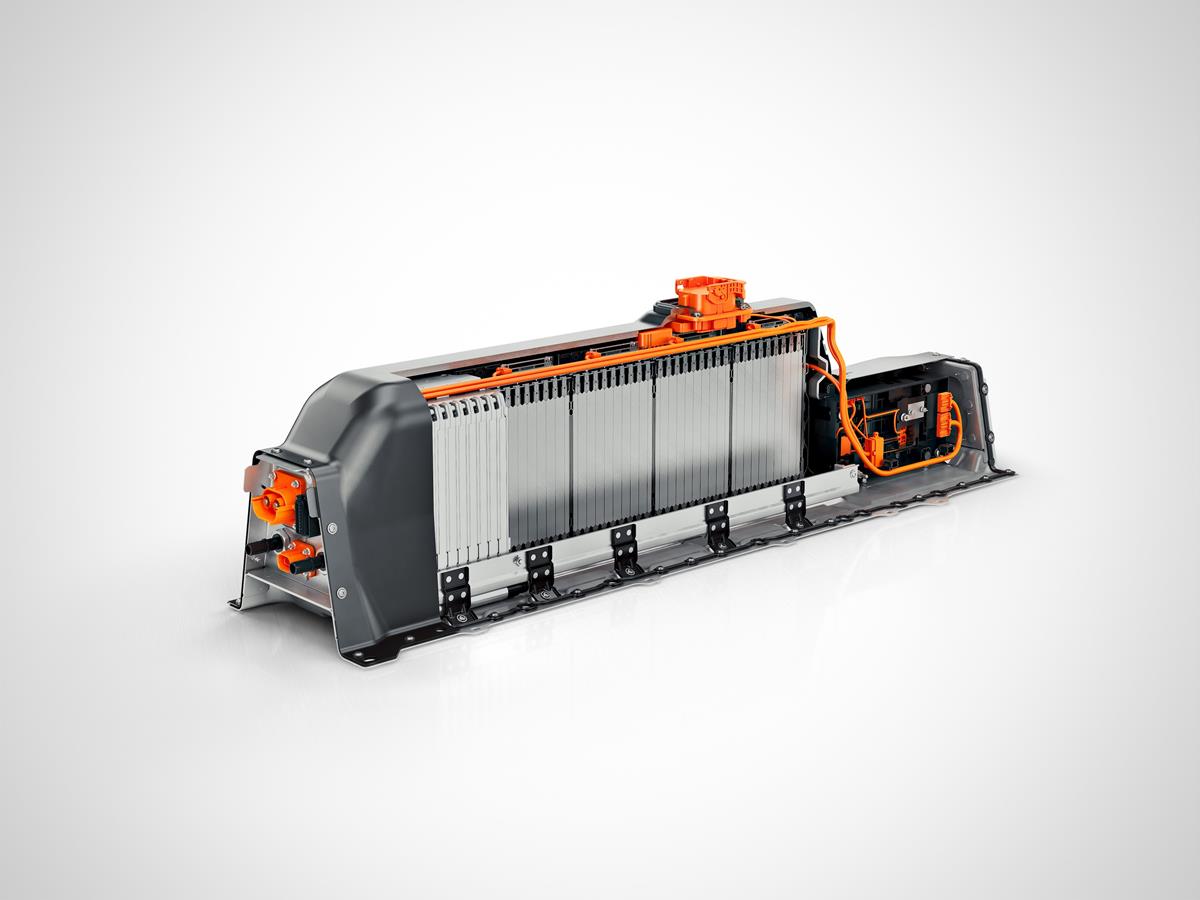Researchers at Northwestern’s McCormick School of Engineering have proposed using the model pharmaceutical companies use to move product from research phases to market. Their paper, published in MRS Energy & Sustainability, suggests an industry model for automotive battery innovations that is based on the research-development-market model used by pharma. The battery innovations market is littered with failure, they note, whereas the pharma model is not.
The paper was written by Abraham Harris chair Vinayak Dravid, his graduate student Eve Hanson, and SiNode Systems co-founder and CEO Samir Mayekar. Mayekar approached Dravid and Hanson to conduct a formal study of applying the pharmaceutical model to energy, believing it would streamline the process and weed out failures earlier.
Studying pharma successes through interviews with industry leaders and investors as well as published reports, Dravid and Hanson noted distinct differences between pharma and energy. For example, pharma being a high-margin business compared to the commoditized battery sector. They also found striking similarities that could inform energy’s commercialization efforts.
They identified a series of tailored proposals for entrepreneurs, investors, manufacturers, and policy makers to fuel battery commercialization, including:
- Initially pursuing niche, higher-margin applications to bring in early revenue and help prove out the technology;
- Developing strategic partnerships and joint development agreements with large battery companies to enhance credibility, certify data, and consider how technologies might be manufactured and integrated into the supply chain;
- Targeting capital raises to specific exit scenarios to enhance investor returns and better align with the battery market’s realities; and
- Focusing on customer-led performance metrics, rather than academic figures of merit, as early as possible to more fully understand the market opportunity.
The paper is available online: DOI 10.1557/mre.2017.12







